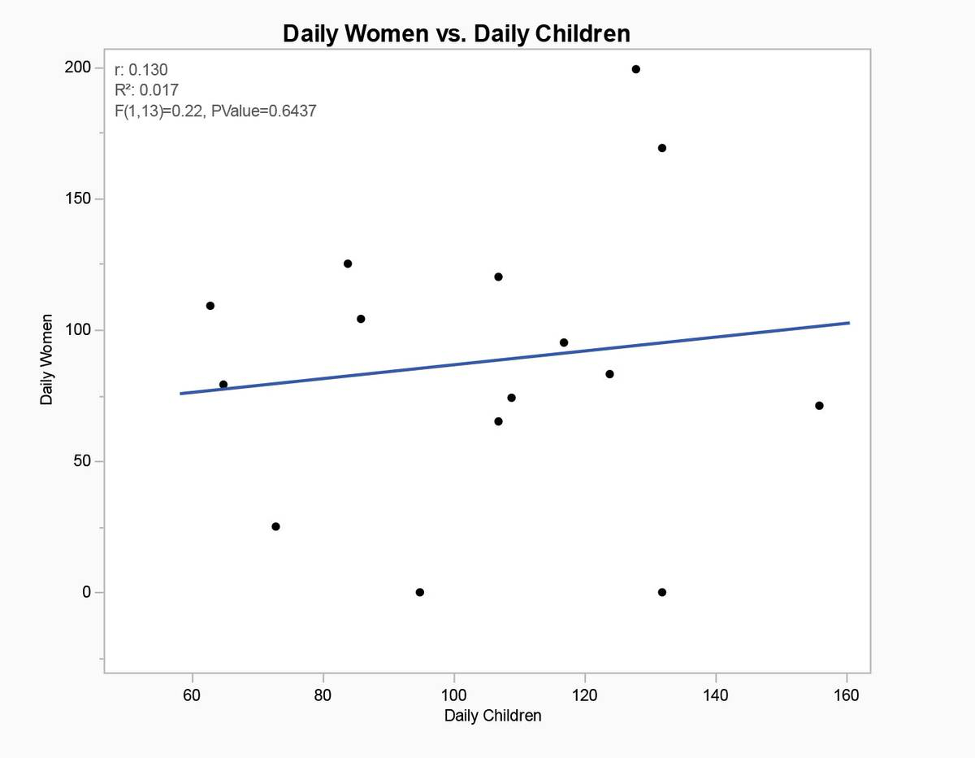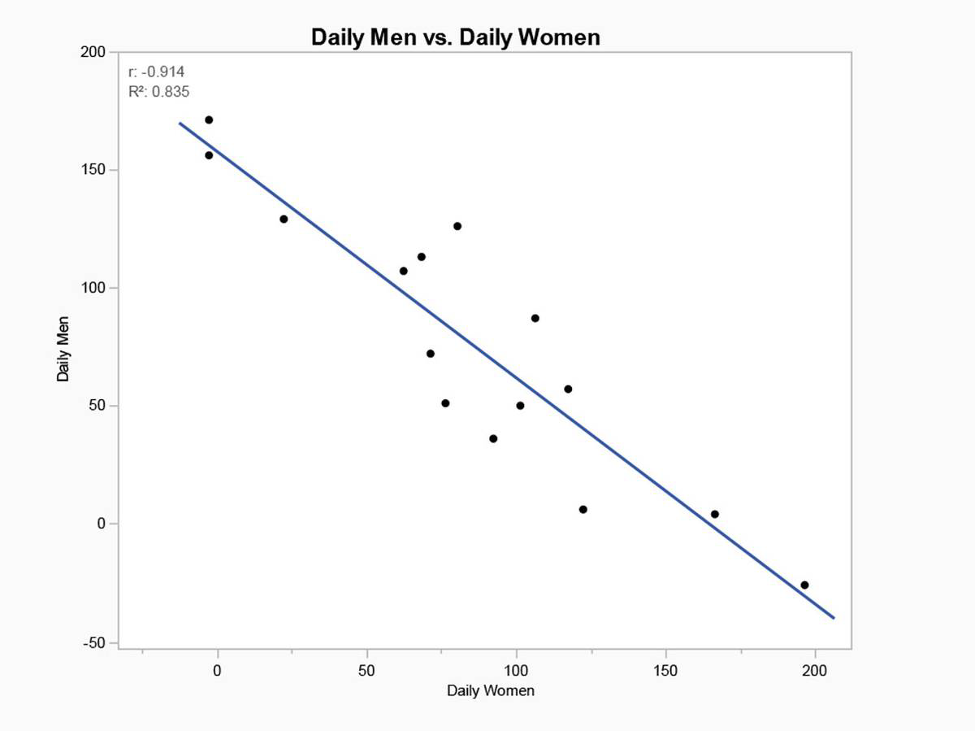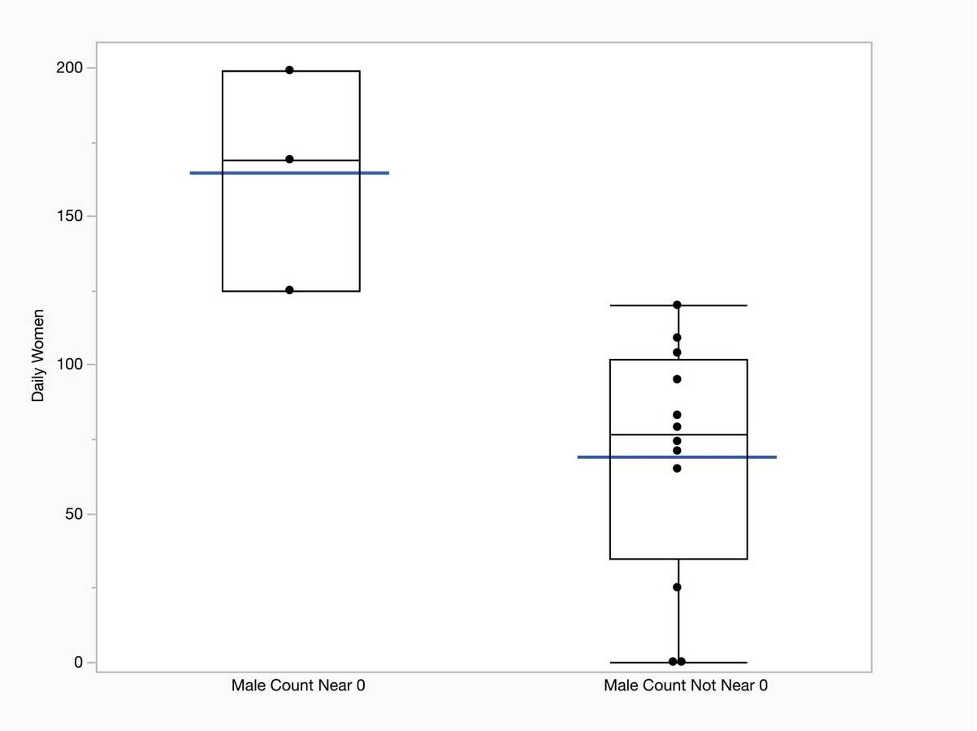Australia/Israel Review
Numbers do not add up
Mar 27, 2024 | Abraham Wyner

Hamas-sourced Gaza casualty figures appear bogus
The number of civilian casualties in Gaza has been at the centre of international attention since the start of the war. The main source for the data has been the Hamas-controlled Gaza Health Ministry, which now claims more than 30,000 dead, the majority of which it says are children and women.
Recently, the Biden Administration lent legitimacy to Hamas’ figure. When asked at a House Armed Services Committee hearing how many Palestinian women and children have been killed since October 7, Secretary of Defense Lloyd Austin said the number was “over 25,000”. The Pentagon quickly clarified that the Secretary “was citing an estimate from the Hamas-controlled Health Ministry.” President Biden himself had earlier cited this figure, asserting that “too many, too many of the over 27,000 Palestinians killed in this conflict have been innocent civilians and children, including thousands of children.” The White House also explained that the President “was referring to publicly available data about the total number of casualties.”
Here’s the problem with this data: The numbers are not real. That much is obvious to anyone who understands how naturally occurring numbers work. The casualties are not overwhelmingly women and children, and the majority may be Hamas fighters.
If Hamas’ numbers are faked or fraudulent in some way, there may be evidence in the numbers themselves that can demonstrate it. While there is not much data available, there is a little, and it is enough: From Oct. 26 until Nov. 10, 2023, the Gaza Health Ministry released daily casualty figures that include both a total number and a specific number of women and children.
The first place to look is the reported “total” number of deaths. The graph of total deaths by date is increasing with almost metronomical linearity, as the graph in Figure 1 reveals.

The graph reveals an extremely regular increase in casualties over the period. Data aggregated by the author and provided by the United Nations Office for the Coordination of Humanitarian Affairs (OCHA), based on Gaza MoH figures.
This regularity is almost surely not real. One would expect quite a bit of variation day to day. In fact, the daily reported casualty count over this period averages 270 plus or minus about 15%. This is strikingly little variation. There should be days with twice the average or more and others with half or less. Perhaps what is happening is the Gaza Ministry is releasing fake daily numbers that vary too little because it does not have a clear understanding of the behaviour of naturally occurring numbers. Unfortunately, verified control data is not available to formally test this conclusion, but the details of the daily counts render the numbers suspicious.
Similarly, we should see variation in the number of child casualties that tracks the variation in the number of women. This is because the daily variation in death counts is caused by the variation in the number of strikes on residential buildings and tunnels which should result in considerable variability in the totals but less variation in the percentage of deaths across groups. This is a basic statistical fact about chance variability.
Consequently, on the days with many women casualties there should be large numbers of child casualties, and on the days when just a few women are reported to have been killed, just a few children should be reported. This relationship can be measured and quantified by the R-square (R2) statistic that measures how correlated the daily casualty count for women is with the daily casualty count for children. If the numbers were real, we would expect R2 to be substantively larger than zero, tending closer to 1.0. But R2 is .017 which is statistically and substantively not different from zero (Figure 2).

This lack of correlation is the second circumstantial piece of evidence suggesting the numbers are not real. But there is more. The daily number of women casualties should be highly correlated with the number of non-women and non-children (i.e., men) reported. Again, this is expected because of the nature of battle. The ebbs and flows of the bombings and attacks by Israel should cause the daily count to move together. But that is not what the data show. Not only is there not a positive correlation, there is a strong negative correlation, which makes no sense at all and establishes the third piece of evidence that the numbers are not real.
The correlation between the daily men and daily women death count (Figure 3) is absurdly strong and negative (p-value < .0001).

Consider some further anomalies in the data: First, the death count reported on Oct. 29 contradicts the numbers reported on the 28th, insofar as they imply that 26 men came back to life. This can happen because of misattribution or just reporting error. There are a few other days where the numbers of men are reported to be near zero. If these were just reporting errors, then on those days where the death count for men appears to be in error, the women’s count should be typical, at least on average. But it turns out that on the three days when the men’s count is near zero, suggesting an error, the women’s count is high. In fact, the three highest daily women casualty counts occur on those three days.
There are three days where the male casualty count is close to zero. These three days correspond to the three highest daily women’s casualty counts (Figure 4).

Taken together, what does this all imply? While the evidence is not dispositive, it is highly suggestive that a process unconnected or loosely connected to reality was used to report the numbers. Most likely, the Hamas Ministry settled on a daily total arbitrarily. We know this because the daily totals increase too consistently to be real. Then it assigned about 70% of the total to be women and children, splitting that amount randomly from day to day. Then it in-filled the number of men as set by the predetermined total. This explains all the data observed.
There are other obvious red flags. The Gaza Health Ministry has consistently claimed that about 70% of the casualties are women or children. This total is far higher than the numbers reported in earlier conflicts with Israel. Another red flag, raised by Salo Aizenberg and written about extensively, is that if 70% of the casualties are women and children and 25% of the population is adult male, then either Israel is not successfully eliminating Hamas fighters or adult male casualty counts are extremely low. This by itself strongly suggests that the numbers are at a minimum grossly inaccurate and quite probably outright faked. Finally, on Feb. 15, Hamas admitted to losing 6,000 of its fighters, which represents more than 20% of the total number of casualties reported.
Taken together, Hamas is reporting not only that 70% of casualties are women and children but also that 20% are fighters. This is not possible unless Israel is somehow not killing non-combatant men, or else Hamas is claiming that almost all the men in Gaza are Hamas fighters.
Are there better numbers? Some objective commentators have acknowledged Hamas’ numbers in previous battles with Israel to be roughly accurate. Nevertheless, this war is wholly unlike its predecessors in scale or scope; international observers who were able to monitor previous wars are now completely absent, so the past can’t be assumed to be a reliable guide. The fog of war is especially thick in Gaza, making it impossible to quickly determine civilian death totals with any accuracy. Not only do official Palestinian death counts fail to differentiate soldiers from children, but Hamas also blames all deaths on Israel even if caused by Hamas’ own misfired rockets, accidental explosions, deliberate killings, or internal battles.
One group of researchers at the Johns Hopkins Bloomberg School of Public Health compared Hamas reports to data on UNRWA workers. They argued that because the death rates were approximately similar, Hamas’ numbers must not be inflated. But their argument relied on a crucial and unverified assumption: that UNRWA workers are not disproportionately more likely to be killed than the general population. That premise exploded when it was uncovered that a sizable fraction of UNRWA workers are affiliated with Hamas. Some were even exposed as having participated in the October 7 massacre itself.
The truth can’t yet be known and probably never will be. The total civilian casualty count is likely to be extremely overstated. Israel estimates that at least 12,000 fighters have been killed. If that number proves to be even reasonably accurate, then the ratio of non-combatant casualties to combatants is remarkably low: at most 1.4 to one and perhaps as low as one to one. By historical standards of urban warfare, where combatants are embedded above and below into civilian population centres, this is a remarkable and successful effort to prevent unnecessary loss of life while fighting an implacable enemy that protects itself with civilians.






